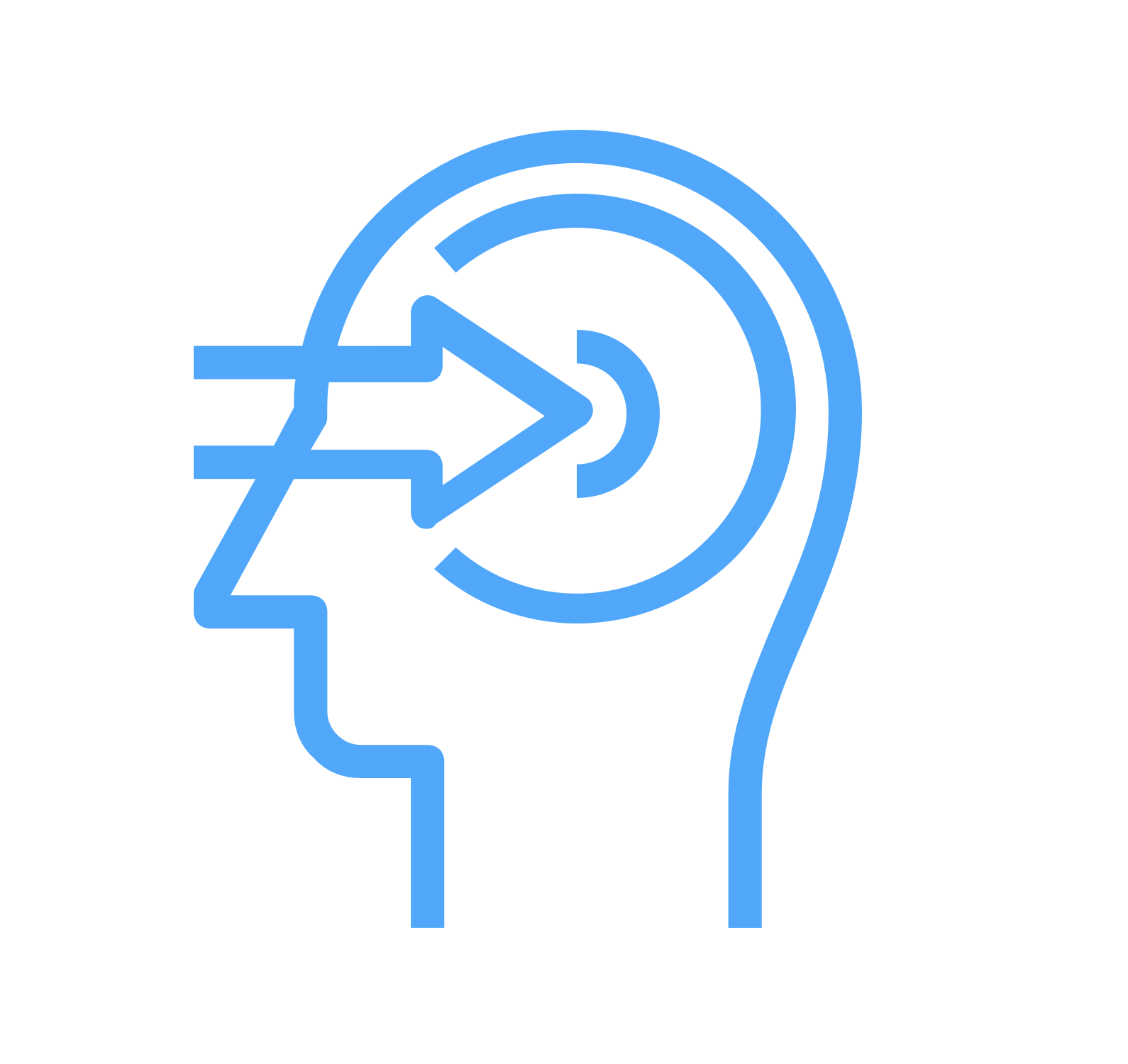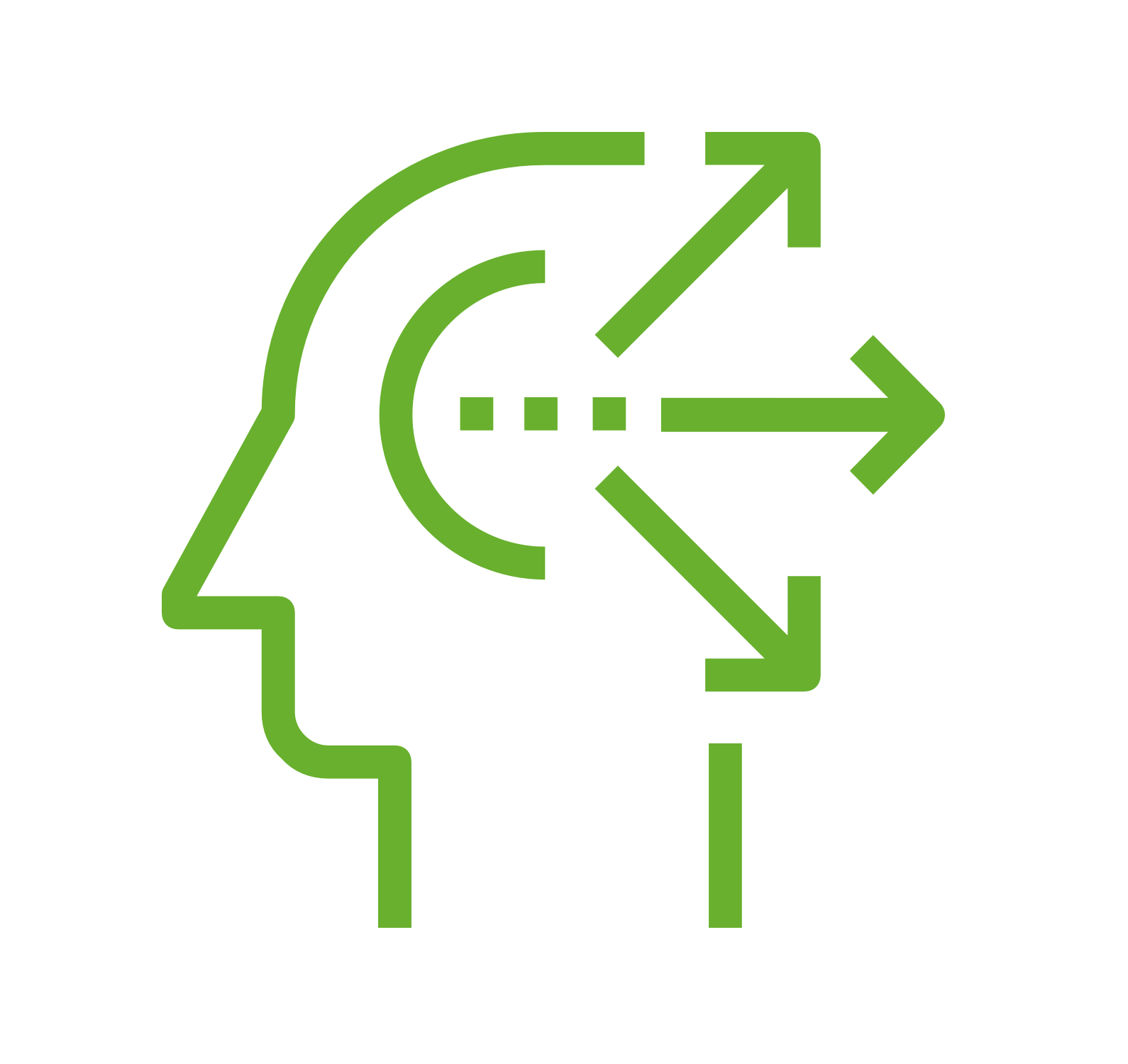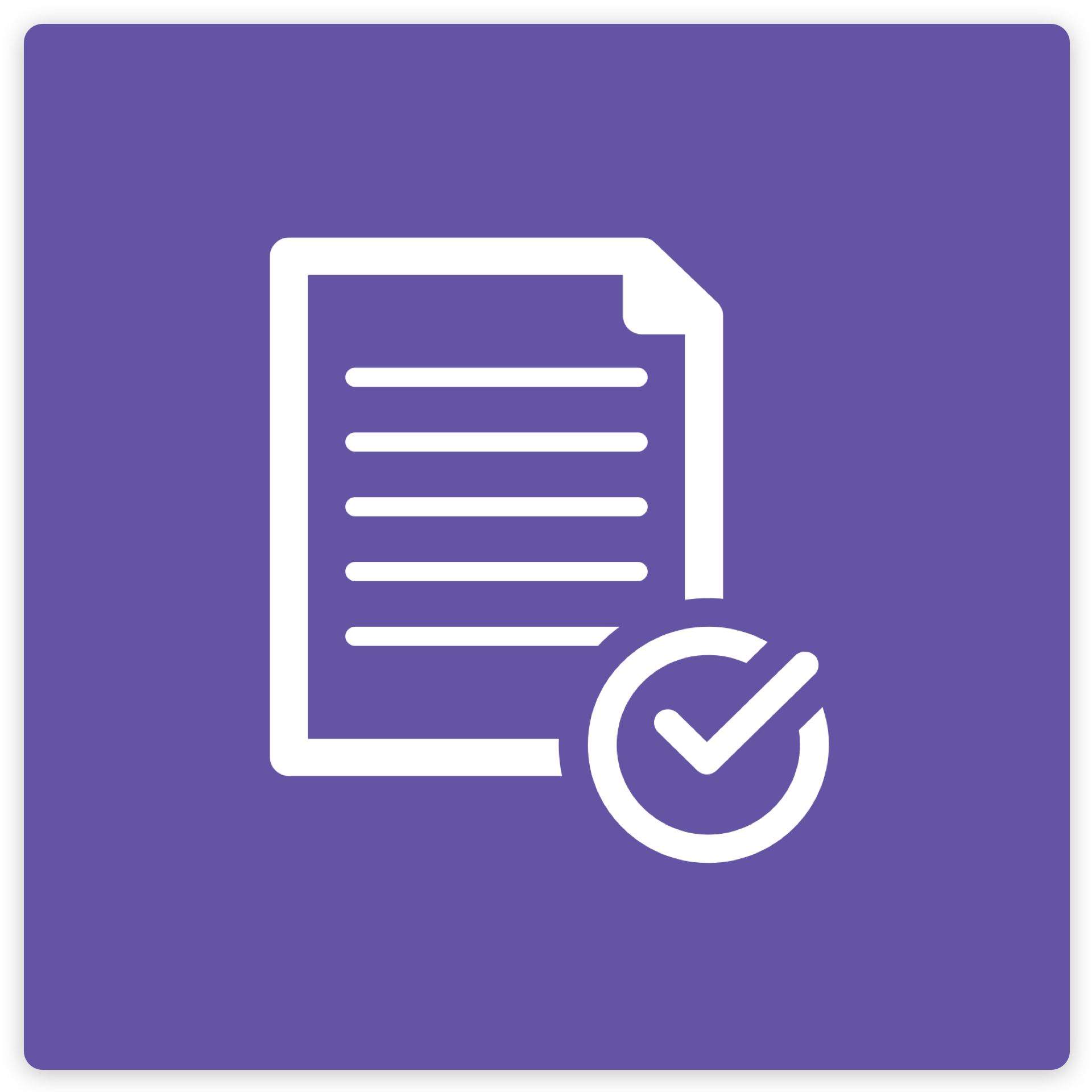
Principles of Macroeconomics 2e
The comprehensive contents from this book, combined with Odigia’s Teaching and Learning Tools have everything you need to engage, collaborate, track and assess your students.
This course includes:

452
practice questions

54
engagement activities

917
assessment questions
Helping Teachers Do What They Do Best: Teach

Customize
Use our courses as is or easily customize them to fit your teaching style and the needs of your students. You can add your favorite resources, hide and show our existing content and pre-built assessments, or make them your own. Everything your students need, in one place!

Engage and Collaborate
Odigia combines learning materials, discussions, and tools to create a familiar social experience for students allowing you to easily connect and redirect students attention.

Track
See how much time students are spending on different areas of the course, which areas are creating the most amount of engagement and identify topics the students are struggling with. Flag and provide feedback on assignments to proactively meet individual students' needs.

Assess
Game theory allows students to monitor their progress visually and motivates them to stay on track. Students can see exactly what activities they need to complete, which ones have been flagged and compare their progress against the overall class.
Principles of Macroeconomics 2e Course Outline
What is economics?
- Why is economics important?
- How can economists use theories and models to understand economic issues?
- What are the differences between microeconomics and macroeconomics?
- How are economies organized?
How does scarcity affect economies?
- How should individuals make choices based on budget constraints?
- What is a production possibilities frontier?
- What are the major objections to economic approaches to decision making?
Why is the relationship between supply and demand important?
- How does demand and supply affect markets for goods and services?
- What factors affect demand?
- How do changes in equilibrium price and quantity affect supply and demand?
- What are price ceilings and price floors?
- How is supply and demand act as a social mechanism?
What factors affect the labor and financial markets?
- How do demand and supply work in labor markets?
- Who are the demanders and suppliers in a financial market?
- How do price controls affect the equilibrium of prices and quantities?
What is elasticity?
- How is the price elasticities of demand and supply calculated?
- What are polar cases of elasticity?
- How does elasticity affect pricing?
- What are other areas affected by elasticity?
What is the macroeconomic perspective?
- How is the size of the economy measured?
- How are nominal values adjusted to real values?
- How is the real GDP tracked over time?
- How is GDP compared across countries?
- How well does the GDP measure the well-being of society?
What is economic growth?
- Why has economic growth only occurred relatively recently?
- How is labor productivity related to economic growth?
- What are the components of economic growth?
- What is economic convergence?
How does unemployment affect an economy?
- How is the unemployment rate defined and computed?
- What are the key patterns of unemployment?
- What causes change in unemployment over the short run?
- What causes change in unemployment over the long run?
What is inflation?
- How is inflation tracked?
- How are changes in the cost of living are measured?
- How do the U.S. and other countries experience inflation?
- Why is there confusion over inflation?
- What is indexing, and what are its limitations?
What defines international trade?
- How are trade balances measured?
- What are the historical and international contexts for trade balances?
- How are trade balances related to flows of financial capital?
- What is the national saving and investment identity?
- What are the pros and cons of trade deficits and surpluses?
- What is the difference between level of trade and the trade balance?
What is the aggregate demand/aggregate supply model?
- What are macroeconomic perspectives on demand and supply?
- How do economists build models of aggregate demand and aggregate supply?
- What happens when there are shifts in aggregate supply?
- What happens when there are shifts in aggregate demand?
- How does the AD/AS model incorporate growth, unemployment, and inflation?
- How does the AD/AS model incorporate Keynes’ law and Say’s law?
What is the Keynesian Perspective?
- What is the Keynesian analysis of aggregate demand?
- What are the building blocks of Keynesian Analysis?
- What is the Phillips Curve?
- How are market forces defined by the Keynesian Perspective?
What is the Neoclassical Perspective?
- What are the building blocks of Neoclassical Analysis?
- What are the policy implications of the Neoclassical Perspective?
- How do we balance Keynesian and Neoclassical models?
How are money and banking approached at a Macroeconomic Level?
- How is money defined by its functions?
- How is money measured?
- What is the role of banks?
- How do banks create money?
Why are monetary policy and bank regulation important?
- What are the roles of the Federal Reserve and central banks in the U.S. economy?
- How are banks regulated?
- How does a central bank execute monetary policy?
- How does monetary policy affect economic outcomes?
- What are the pitfalls for monetary policy?
What are exchange rates and international capital flows?
- How does the foreign exchange market work?
- What do demand and supply shifts in foreign exchange markets look like?
- What are the Macroeconomic effects of exchange rates?
- What are exchange rate policies?
How do government budgets and fiscal policies affect change on Macroeconomic scale?
- How do governments define spending priorities?
- What are taxes?
- What is the federal deficit, and how does it relate to the national debt?
- How can fiscal policy be used to fight recession, unemployment, and inflation?
- What are automatic stabilizers?
- What are the practical problems with discretionary fiscal policy?
- What is the question of a balanced budget?
What are the impact of government borrowing?
- How does government borrowing affect investment and the trade balance?
- What is the relationship between fiscal policy, investment, and economic growth?
- How does government borrowing affect private saving?
- How does fiscal policy affect the trade balance?
How is Macroeconomic policy implemented around the world?
- Why are economies around the world so diverse?
- How can countries improve their standards of living?
- What are the causes of unemployment around the world?
- What are the causes of inflation in various countries and regions?
- What are the implications of trade balance in the foreign market?
How are e-commerce and trade handled at the international level?
- What are absolute and comparative advantages?
- What happens when a country has an absolute advantage in all goods?
- How is intra-industry trade between similar economies handled?
- What are the benefits of reducing barriers to international trade?
What is globalization and protectionism?
- What is protectionism?
- What are the effects of international trade on jobs, wages, and working conditions?
- What are the arguments in support of restricting imports?
- How is trade policy enacted globally, regionally, and nationally?
- What are the tradeoffs of trade policy?
Principles of Macroeconomics 2e covers the scope and sequence of most introductory economics courses. The text includes many current examples, which are handled in a politically equitable way. The outcome is a balanced approach to the theory and application of economics concepts. The second edition has been thoroughly revised to increase clarity, update data and current event impacts, and incorporate the feedback from many reviewers and adopters.
About the authors:
Senior Contributing Authors
David Shapiro, Pennsylvania State University
Timothy Taylor, Macalester College
Contributing Authors
Cynthia Gamez, University of Texas at El Paso
Andres Jauregui, Columbus State University
Diane Keenan, Cerritos College
Dan MacDonald, California State University, San Bernadino
Amyaz Moledina, The College of Wooster
Craig Richardson, Winston-Salem State University
Ralph Sonenshine, American University

